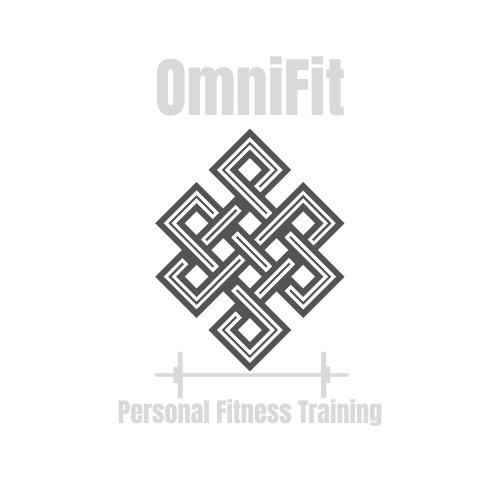Functional Fitness vs. Traditional Workouts – Which is Right for You?
In the ever-evolving world of fitness, two popular training styles dominate the landscape: functional fitness and traditional workouts. Both approaches have their benefits and cater to different fitness goals, but how do you decide which one is right for you? Understanding the differences and aligning them with your personal fitness objectives can help you make the best choice for your health and well-being.
Understanding Functional Fitness
Functional fitness is a training method designed to improve your body’s ability to perform everyday activities. This approach incorporates movements that mimic real-life tasks, such as squatting, bending, pushing, pulling, and twisting. The goal is to enhance overall mobility, stability, and strength to make daily tasks easier and reduce the risk of injury.
Unlike traditional workouts that often isolate muscle groups, functional training focuses on compound movements that engage multiple muscle groups simultaneously. Exercises like kettlebell swings, medicine ball slams, and battle ropes are common in functional fitness routines. This type of training is widely used by athletes, physical therapists, and even military personnel to develop agility, endurance, and coordination.
Functional fitness is also highly adaptable. Whether you’re an elite athlete, a busy parent, or someone recovering from an injury, these workouts can be modified to suit various fitness levels. By improving movement efficiency, functional training enhances your quality of life beyond the gym.
The Traditional Workout Approach
Traditional workouts, on the other hand, follow a more structured approach that often focuses on specific muscle groups. These routines typically involve strength training with free weights or machines, cardiovascular workouts, and isolation exercises aimed at muscle development.
This method is commonly associated with bodybuilding and general fitness programs. Weightlifting exercises such as bicep curls, leg presses, and bench presses are staples in traditional workout regimens. Many gym-goers prefer this approach because it allows for measurable progress, such as increasing weight loads and muscle hypertrophy.
Cardio-based workouts, such as treadmill running, stationary cycling, and elliptical training, also fall under traditional fitness programs. These exercises improve cardiovascular health, endurance, and calorie burn, making them ideal for individuals looking to manage their weight or build stamina.
Comparing the Benefits of Each Approach
Both functional fitness and traditional workouts offer unique advantages, depending on your fitness objectives. If your main goal is to build strength and muscle mass, traditional weightlifting may be the preferred route. With targeted exercises, you can progressively overload muscles, leading to increased strength and hypertrophy over time.
Functional fitness, on the other hand, focuses on movement efficiency and injury prevention. If your lifestyle requires physical tasks like lifting heavy objects, playing sports, or staying active with kids, this training style may be more beneficial. Functional workouts promote core strength, balance, and coordination, which can improve overall performance in daily life.
Another significant difference lies in workout variability. Traditional physical training programs often follow a predictable structure, while functional fitness incorporates a wide range of dynamic exercises that can be performed using body weight, resistance bands, kettlebells, and more. This variety can keep workouts engaging and challenging.
Choosing the Right Approach for Your Goals
Selecting between functional fitness and traditional workouts depends on your personal fitness aspirations. If your priority is aesthetics and muscle definition, traditional strength training may yield better results. It allows for precise muscle targeting, making it ideal for bodybuilding and physique-focused training.
However, if you’re more interested in overall mobility, injury prevention, and practical strength, functional fitness might be the better choice. This training style can improve your ability to move efficiently in real-world scenarios, making it valuable for athletes, older adults, and those recovering from injuries.
It’s also worth noting that the two approaches are not mutually exclusive. Many individuals combine elements of both in their fitness routine. For example, incorporating functional movements into a traditional workout can enhance overall performance, while strength training can complement functional fitness by building foundational power.
Reach Out To OmniFit Personal Training Today!
Ultimately, the best workout plan is the one that aligns with your goals, lifestyle, and preferences. Whether you choose functional fitness, traditional workouts, or a combination of both, consistency is key. Regular exercise, combined with proper nutrition and recovery, will help you achieve long-term success in your fitness journey.
If you’re unsure which method suits you best, consider working with a personal trainer who can tailor a program to meet your needs. By understanding your body and goals, you can create a fitness routine that keeps you motivated, challenged, and on track for optimal health and performance.

